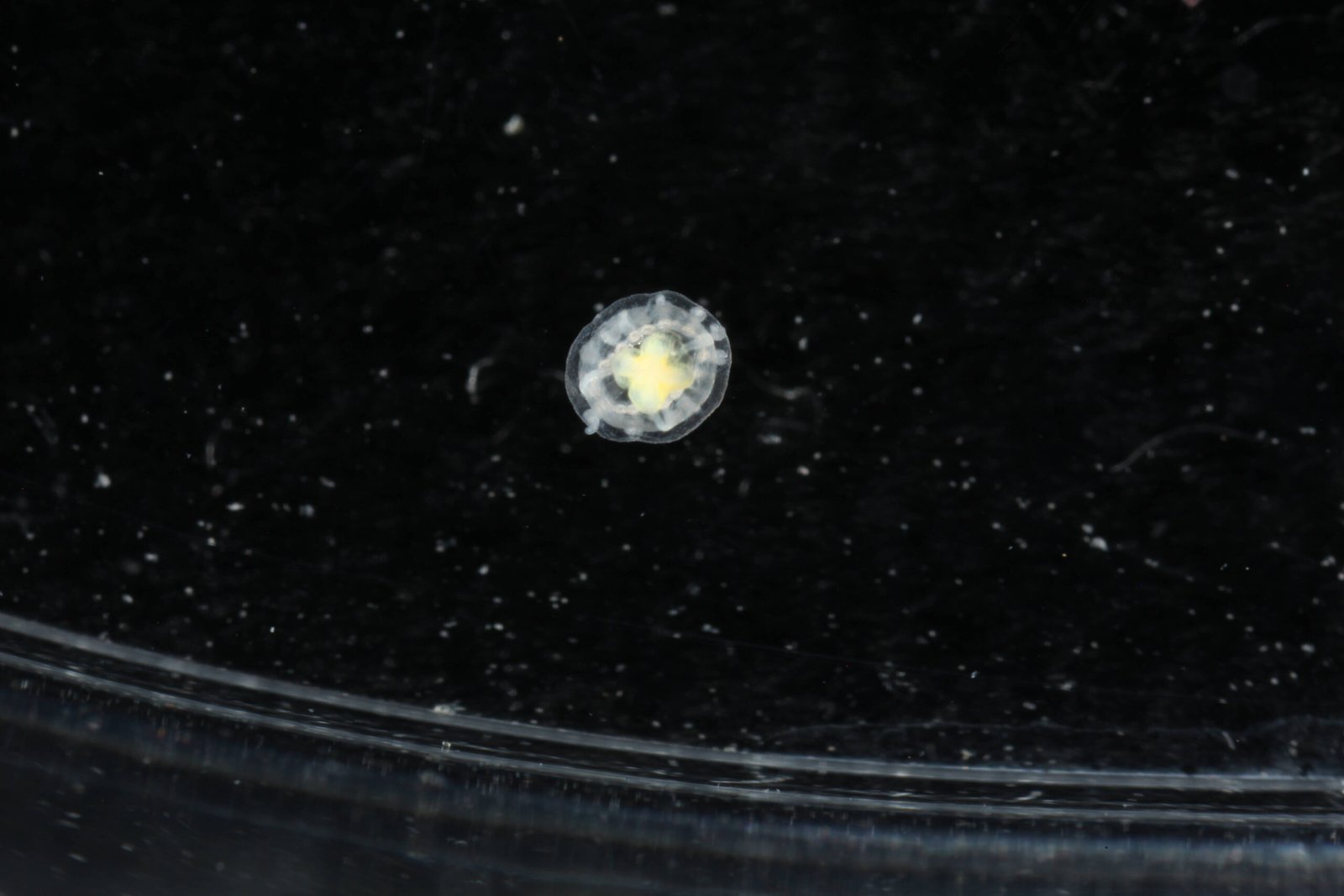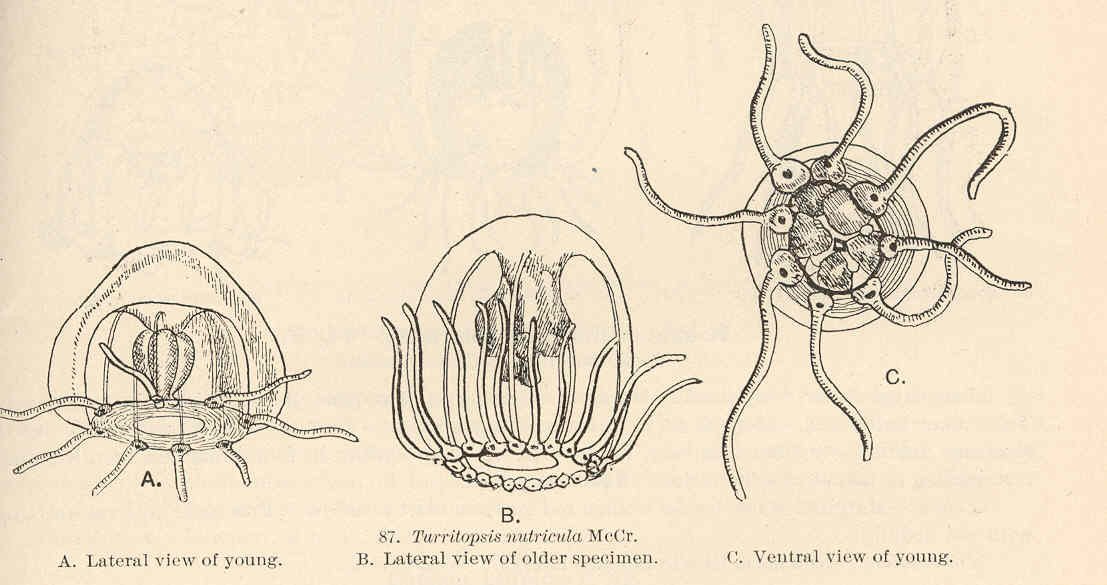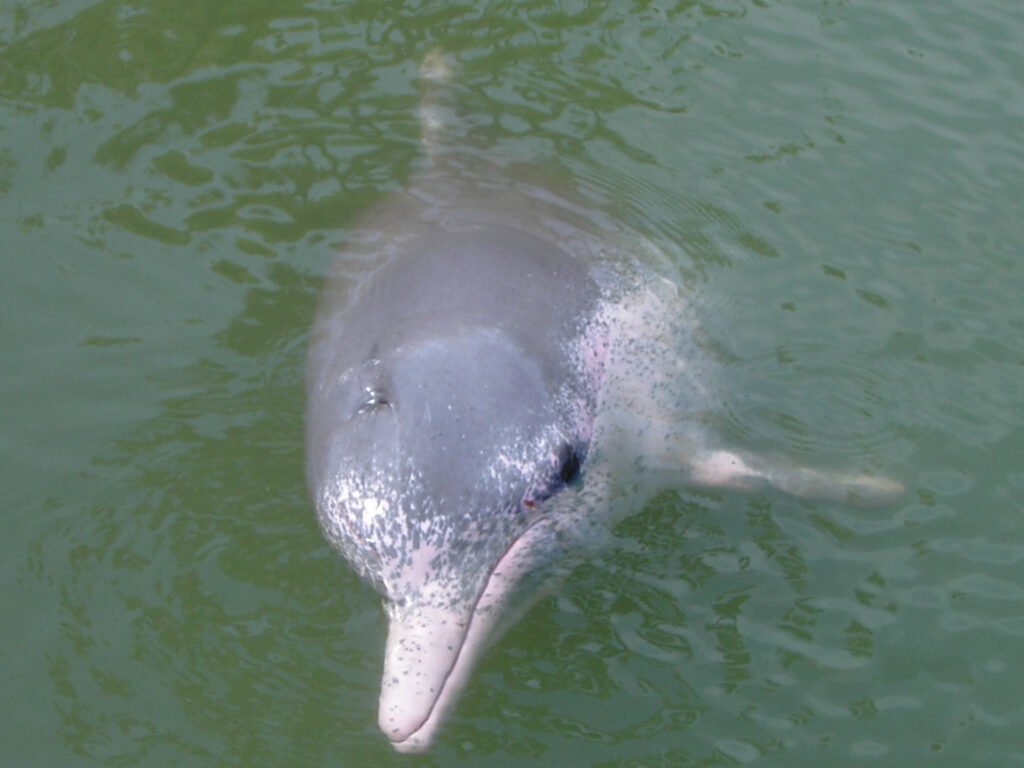Imagine a creature that can rewind its own biological clock, escaping death in a way that seems more science fiction than reality. This is not the premise of a fantasy novel, but the awe-inspiring truth behind the so-called “immortal jellyfish,” Turritopsis dohrnii. While most of life on Earth is bound to the relentless march of aging and inevitable demise, this tiny jellyfish seems to have found the ultimate loophole—a way to start life over again, time after time. What secrets does this unassuming ocean dweller hold, and how could its story change everything we think we know about aging?
The Astonishing Life Cycle of Turritopsis dohrnii

The immortal jellyfish may look delicate, barely the size of a pinky fingernail, but its life cycle is one of the most remarkable in the animal kingdom. Unlike nearly every other animal, Turritopsis dohrnii possesses the unique ability to revert its mature body back into its youthful polyp stage. When threatened by injury, environmental stress, or even old age, it initiates a process called transdifferentiation, transforming its mature cells into different types and effectively starting its life anew. This cycle can theoretically repeat endlessly, making the jellyfish biologically immortal. The fact that such a tiny creature can achieve what humans have dreamed of—escaping death—continues to baffle and inspire scientists.
Transdifferentiation: Nature’s Rewind Button

Transdifferentiation is the jellyfish’s not-so-secret weapon in the fight against aging. In simple terms, this process allows its cells to switch from one type to another, essentially reversing their development. Imagine if a butterfly could turn back into a caterpillar; that’s the scale of what the immortal jellyfish routinely accomplishes. Scientists have observed this process under laboratory conditions, watching as the jellyfish’s adult body collapses and reorganizes itself into a tiny polyp colony, ready to grow all over again. This cellular flexibility is rare in nature and raises big questions about the limits of life and longevity.
How Immortality Works in Practice
While “immortal” sounds absolute, it doesn’t mean these jellyfish are invincible. In the wild, they still face dangers like predators, disease, and accidents. However, in the absence of external threats, their ability to revert to youth means they could theoretically live forever. Each time they sense a crisis—starvation, injury, or even old age—they press the reset button on their life cycle. This unique strategy gives them a remarkable advantage, allowing their genetic material to persist far longer than normal jellyfish, whose lives are usually measured in a few years at most.
The Science Behind Cellular Rejuvenation

Delving deeper, the secret of the immortal jellyfish lies at the cellular level. Their cells, when returning to the polyp stage, lose their specialized characteristics and regain a kind of youthful versatility. This is similar to what scientists try to achieve with induced pluripotent stem cells in medical research—cells that can become any other type of cell in the body. The jellyfish does this naturally, over and over, with astonishing efficiency. Understanding how Turritopsis dohrnii manages this could unlock new pathways in regenerative medicine and anti-aging therapies for humans.
Aging: An Unsolved Mystery
Aging is one of biology’s oldest puzzles. Most living things accumulate damage over time, leading to the gradual decline that we recognize as aging. Cellular wear and tear, genetic mutations, and environmental stress all contribute to this process. But the immortal jellyfish throws a wrench in this narrative. If one tiny sea creature can dodge the usual rules, does that mean aging is not as inevitable as we thought? This question is driving researchers to look at aging from a whole new perspective, sparking hope that age-related decline might one day be slowed, or even reversed.
Evolution’s Oddball: Why Isn’t Everyone Immortal?

If biological immortality is possible, why don’t more species have it? The answer seems to lie in evolution’s trade-offs. For many animals, reproducing quickly and in large numbers is more effective for survival than individually cheating death. Most creatures face constant threats—predators, harsh environments, disease—so evolving to live forever isn’t always the best strategy. The immortal jellyfish’s lifestyle is suited to its relatively safe, oceanic world, where a reset button offers a unique survival advantage. It’s an evolutionary outlier, reminding us that nature often has more solutions than we can imagine.
Lessons from the Immortal Jellyfish for Human Aging
What can humans learn from this perplexing jellyfish? Scientists are fascinated by the idea that aging, once thought to be unavoidable, might be open to intervention. If we can unlock the biological mechanisms behind the jellyfish’s rejuvenation, it could lead to breakthroughs in medicine, such as repairing damaged organs or reversing age-related diseases. The jellyfish offers a tantalizing glimpse into a future where human aging could slow dramatically, or perhaps even be paused altogether. For now, it remains a beacon of hope and curiosity, fueling dreams of a longer, healthier life.
Medical Research and the Road Ahead

Researchers around the world are racing to uncover how Turritopsis dohrnii achieves its cellular magic. By studying its genes, proteins, and life cycle, they hope to identify the key factors that allow it to reverse aging. There are already advances in stem cell science and regenerative medicine inspired by these discoveries. However, translating jellyfish biology to human health is a huge challenge, with many unknowns. Still, the pursuit is relentless, driven by the possibility of revolutionizing how we think about health, aging, and longevity.
Nature’s Other Immortals
The immortal jellyfish isn’t entirely alone in the world of age-defying creatures. Certain types of hydra, a freshwater relative, can also regenerate indefinitely under the right conditions. Some species of turtles and lobsters show signs of negligible senescence, meaning they don’t experience the typical signs of aging. Yet none seem to match the jellyfish’s dramatic ability to reset its life cycle. These examples show that nature has multiple tricks up its sleeve, offering hope that the secrets of agelessness might not be so rare after all.
The Ethics and Dreams of Human Immortality
The possibility of human immortality stirs up intense emotions—hope, excitement, and even fear. If we could truly pause aging, what would that mean for society, relationships, and our sense of purpose? Would immortality come with unexpected downsides? These questions fuel debates among scientists, ethicists, and dreamers alike. The story of the immortal jellyfish forces us to reckon with the potential consequences of rewriting life’s most fundamental rules. As we inch closer to understanding this phenomenon, we are reminded of the delicate balance between curiosity and caution.
The Ocean’s Smallest Miracle
In the end, the immortal jellyfish is a testament to nature’s creativity and resilience. Hidden beneath the waves, this tiny creature quietly challenges everything we thought we knew about life and death. Its journey from youth to maturity and back again is a living metaphor for hope—the idea that new beginnings are always possible. As we continue to unravel its mysteries, one thing is clear: the immortal jellyfish is not just a scientific curiosity, but a symbol of our deepest longing to conquer time itself.




